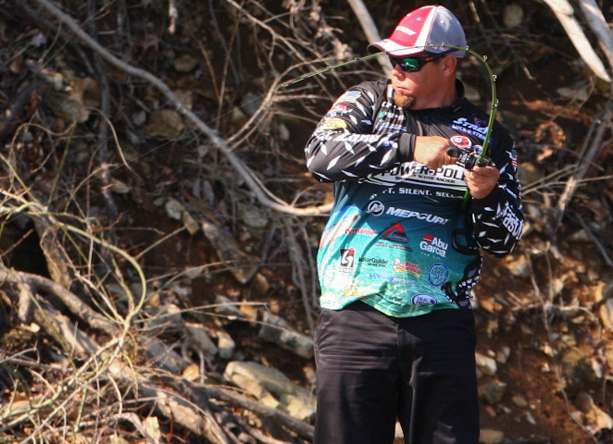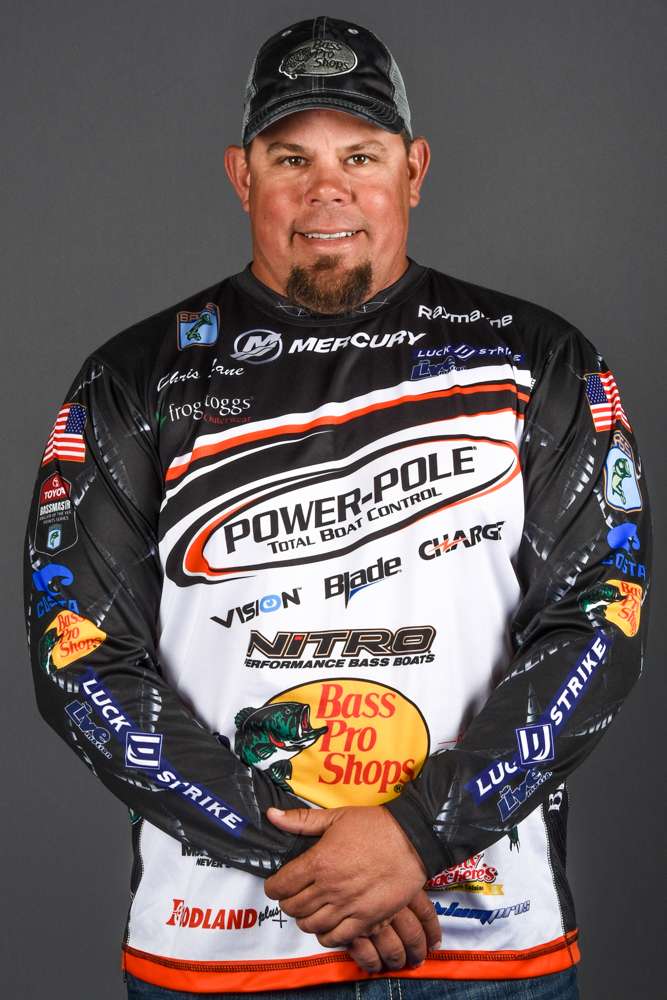
This week we’re going to talk about how to approach new waters. Everyone is faced with this challenge no matter if you’re a serious tournament angler or a casual recreational angler. It’s a part of the sport.
The first thing I recommend is that you consider the calendar. What season of the year is it and what are the water conditions — temperature and clarity? This will give you an idea of where you want to start looking for the bass.
Spring bass, summer bass, fall bass and winter bass are found in different locations. We don’t have the space here to go into detail about each season and the factors that affect fish location. If you’re uncertain about how to deal with seasonal movements, I suggest you do some research on this website and read all the back issues of Bassmaster Magazine you can get your hands on.
Once you know what you’re looking for you’ll need a good map. Paper maps are good if you want to relax and study the situation over breakfast or dinner. If you’re on the water, your electronics will do you a great job in most cases. Most top anglers use both.
After that, it’s mostly a matter of covering water with a variety of different lures. We all have our favorites so I’ll let you make the decision about what you use. Whenever you’re in doubt, however, it’s a good idea to start with something that matches the local forage, whatever that might be. And remember, matching forage is about more than color. It’s also about size, depth and action.
Another thing that I recommend is that you fish to your strength. Fish with confidence regardless of what the other anglers are doing. Don’t think that bass can only be caught one way. There are a lot of them in most lakes, and they all aren’t living in the same places.
For instance, if I’m on a lake where most of the guys are throwing crankbaits on deep ledges and I see a grass bed with mats I promise you I’ll break out a frog and a Texas rigged plastic. I love to fish grass and I feel confident doing it. I’m not going to ignore it regardless of what the other anglers are doing.
The final thought I want to leave you with is to be careful and not fall into the trap of continuing to do something that isn’t working. We all struggle with that.
It might be a gorgeous spring day and the water might be 60 degrees but if the bass aren’t biting your spinnerbait in a stump field don’t spend hours and hours fishing every stump bed you can find on the lake. Sometimes the bass don’t get the memo. Change locations, change depth, change presentations and change baits until you start catching them.
And, don’t be too tough on yourself. Don’t expect to catch a fish on every cast even if you’re on a legendary lake or river. It takes a while to really learn a body of water.
Follow Chris on Twitter and Facebook or visit his website, www.chrislanefishing.com. Chris Lane’s column appears weekly on Bassmaster.com.





